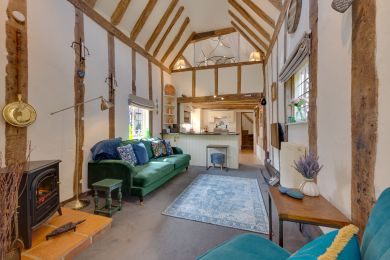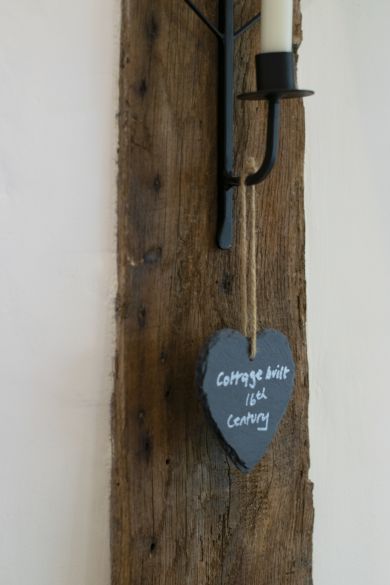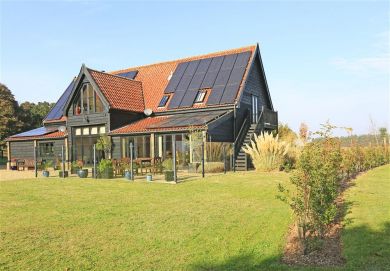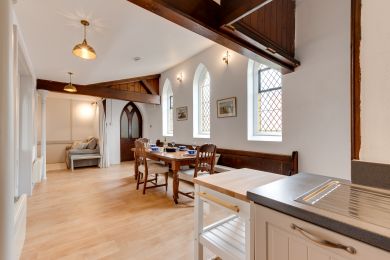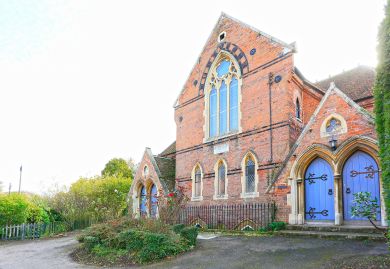Suffolk cottages
£506 - £756
£625 - £1,021
£620 - £697
£377 - £638
£634 - £929
NEW
£892 - £1,660
£542 - £862
£465 - £792
£391 - £850
£811 - £1,424
Holiday Cottages in Suffolk
Suffolk is a charming holiday destination, rich and history and local folklore. If you are after a getaway that is off the beaten path without compromising on home comforts and exciting things to do, a Suffolk holiday cottage might just be what you are looking for.
With around 50 miles of unspoilt beaches, Suffolk is a fantastic location for a traditional seaside holiday. The local coastline is dotted with several charming towns and villages, including the popular destinations of Southwold, Aldeburgh and Thorpeness. With seaside attractions, tasty local seafood and bracing local walks, you can be sure of a wonderful holiday by the sea that your family will remember for years to come. Take a moment to browse through our cottages on the Suffolk coast and get ready to take in the fresh sea air and views.
Further inland, Suffolk is also home to countless quaint rural villages and remote hidden gems waiting to be discovered. Woodbridge is a particular favourite and is often referred to as the gem in Suffolk’s crown. The town is set by an Area of Outstanding Natural Beauty (AONB), meaning that you can take in the hospitality of the local area before heading out to explore the heaths and woodland.
With so many inviting towns and villages set across Suffolk, you’ll find no shortage of welcoming local pubs and restaurants where you can enjoy a refreshing break and bite to eat. History lovers will be delighted by the region’s fantastic local castles and historic buildings. Framlingham Castle and Sutton Hoo offer fascinating glimpses into the past, while Christchurch Mansion is often regarded as one of Ipswich’s most famous attractions. To learn more about everything Suffolk has to offer, take a moment to enjoy our Suffolk Travel Guide.
A self-catering holiday cottage can be the ideal way to explore all of the rich histories and remote escapes that Suffolk provides. Whether you are planning a romantic break for two or travelling as part of a group, we a proud to offer holiday accommodations to suit every eventuality. Our selection of larger cottages across Suffolk, for example, are ideal for family get-togethers and special occasions. Many of our Suffolk properties are also dog-friendly, accepting one or more pets, meaning that both you and your faithful dog can explore the region together. Some cottages can only welcome one pet while others can accept several dogs, so be sure to take a moment to browse through our dog-friendly accommodation to find the right holiday home for you.
If you are looking for a holiday experience that is truly exceptional, why not consider one of our luxury Suffolk cottages? Each of our luxury holiday homes has achieved either a four or a five-star rating indicating a truly exceptional standard of quality. These cottages can also include special additional features such as hot tubs, swimming pools and fantastic scenic views for an unforgettable holiday experience.Spend a few moments to book the ideal Suffolk holiday cottage and prepare to discover a peaceful rural escape that you’ll want to return to time and again.
